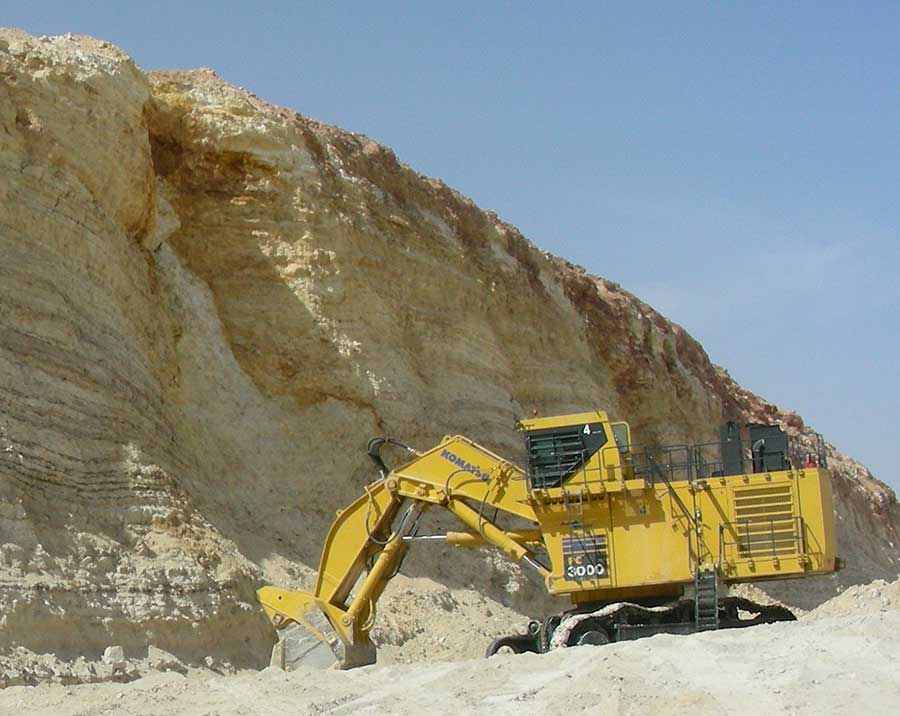Phosphate mines don’t normally conjure up images of intrepid paleontologist’s and fantastic discoveries of a last dinosaur.
Nope, phosphate mines on the whole are rather dull, unless you’re a dwarf, a miner, or potentially both.
Until now that is. The mines at Sidi Chennane in Morocco are shrugging off their boring reputation and belching out extremely rare marine fossils. Not exciting enough? Here’s some key facts:
- It’s name is
DaveChenanisaurus barbaricus and it’s a new species of Abelisaur. - Smaller overall, it’s been dubbed the African T-Rex, but has shorter comedy arms with tiny hands.
- Despite the hand size it has yet to be genetically linked to Donald Trump.
- Abelisaur’s were top of the food chain in Africa, India, South America and Europe.
- Whilst T-Rex had a light covering of feathers the African T-Rex had scales.
- It would have been one of the last dinosaur’s alive in Africa until the mass extinction event 66 million years ago.
- There’s no evidence documented but we believe it would have been deeply unhappy about the mass extinction event.
The fossil was discovered last year by Dr Nick Longrich a Senior Lecturer from the University of Bath. After studying a segment of jaw bone from the fossil, Dr Longrich, alongside a team of International experts concluded that the dinosaur was an abelisaur.
Dr Longrich explained: “This find was unusual because it’s a dinosaur from marine rocks – it’s a bit like hunting for fossil whales, and finding a fossil lion. It’s an incredibly rare find – almost like winning the lottery. But the phosphate mines are so rich, it’s like buying a million lottery tickets, so we actually have a chance to find rare dinosaurs like this one.”
“We have virtually no dinosaur fossils from this time period in Morocco – it may even be the first dinosaur named from the end-Cretaceous in Africa. It’s also one of the last dinosaurs in Africa before the mass extinction that wiped out the dinosaurs.
“It’s an exciting find because it shows just how different the fauna was in the Southern hemisphere at this time.”


